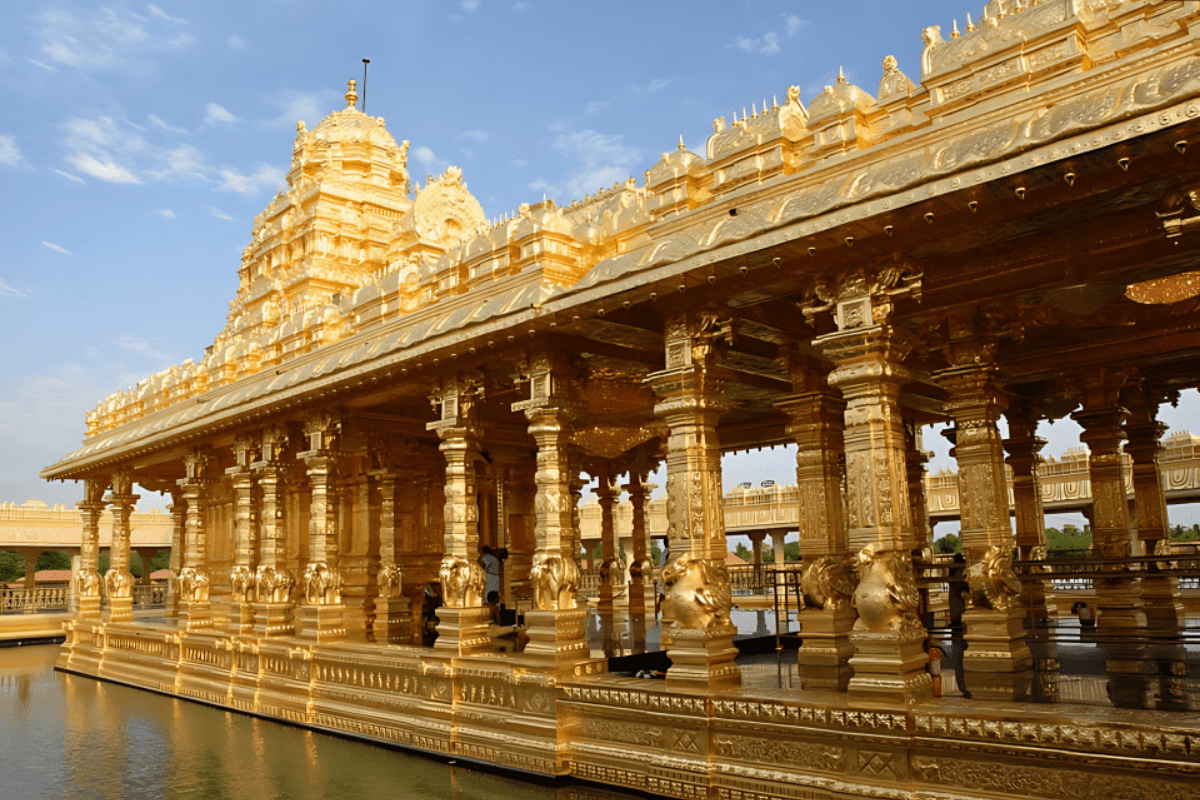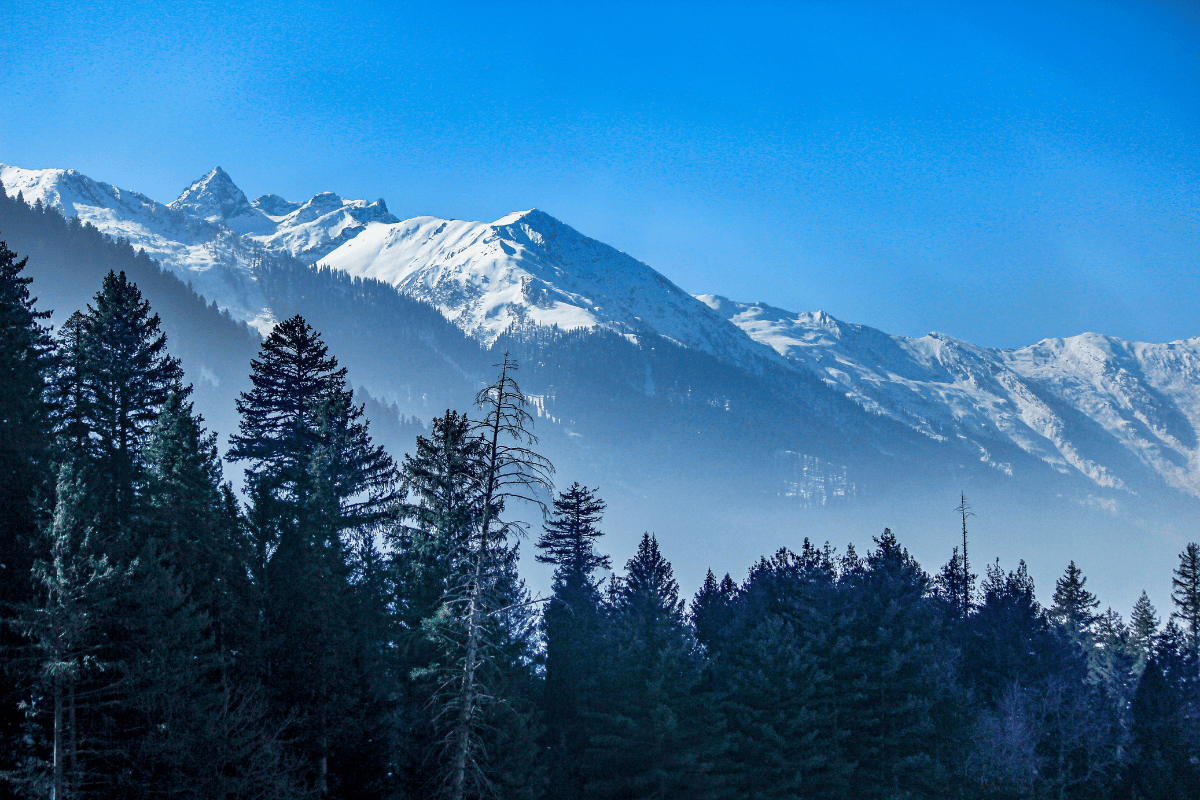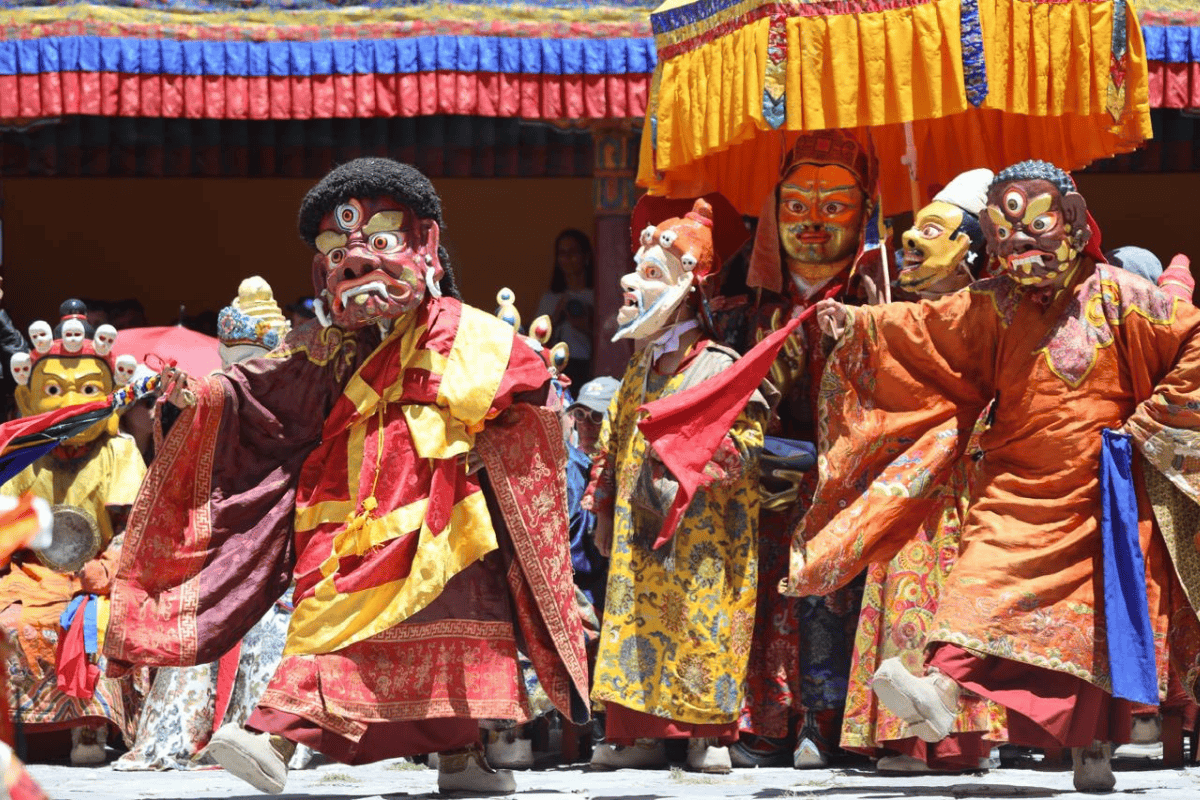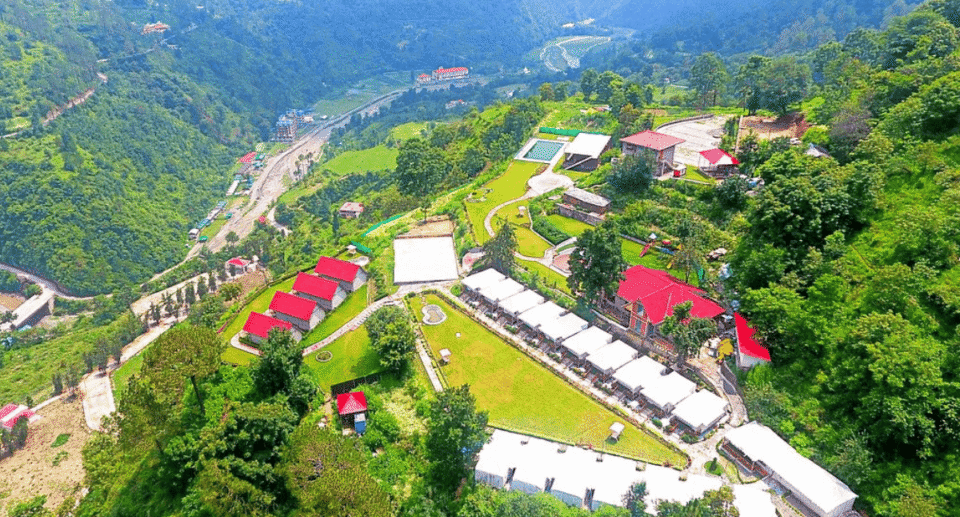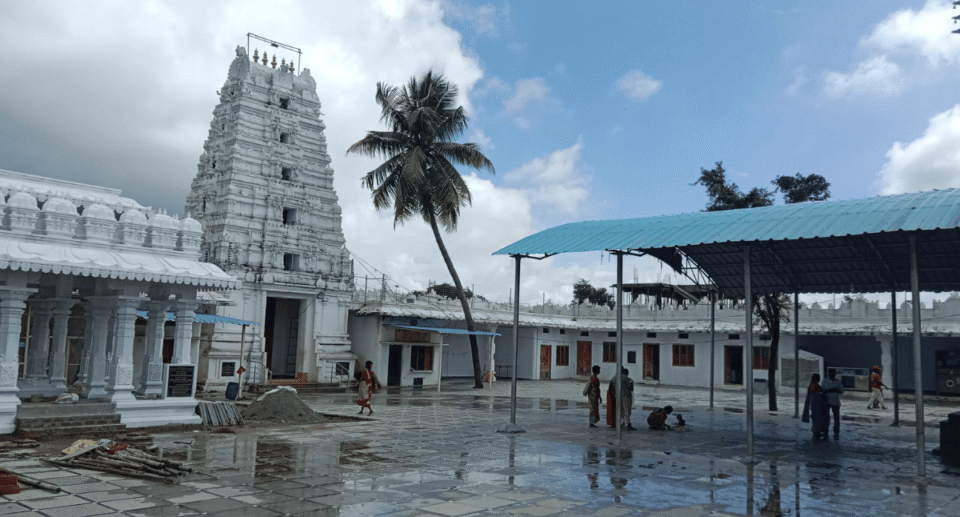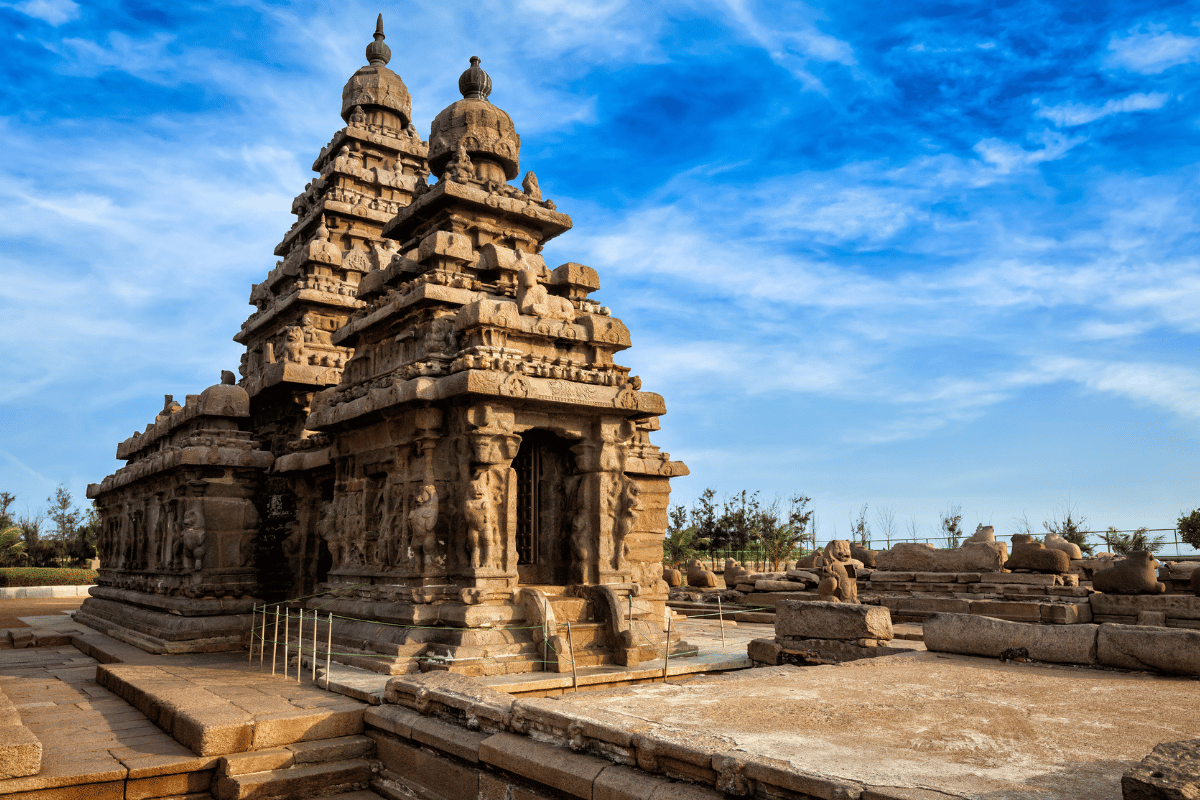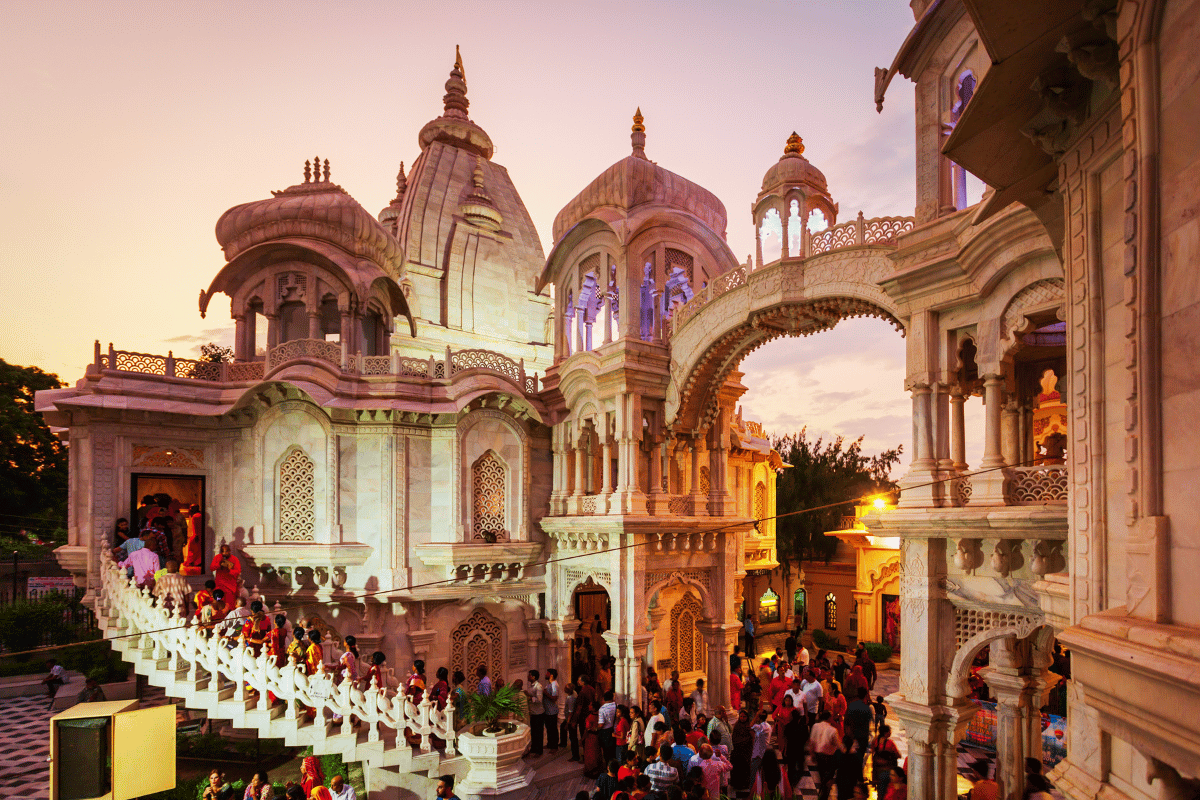Neerputhoor Siva Temple, Kerala – A Hidden Mahadeva Temple with Water-Filled Shivalinga
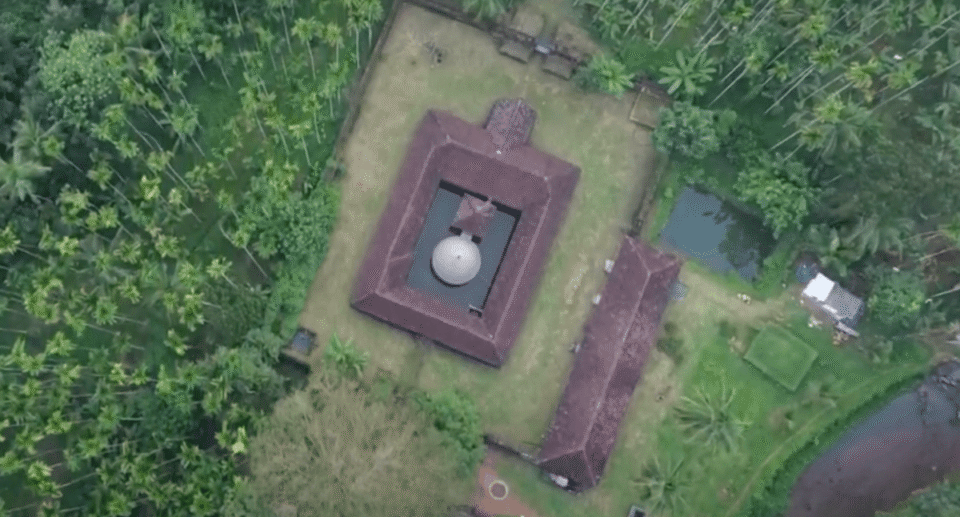
Neerputhoor Siva Temple is a peaceful and historic temple in Malappuram district, Kerala, dedicated to Lord Shiva. This old temple is surrounded by greenery and has a calm, spiritual vibe. The design of the temple follows traditional Kerala style, with wooden structure, sloping roof, and a clean temple pond nearby. Local people visit here for prayers, peace, and blessings. If you love visiting quiet and meaningful places, this temple is a must-see in Kerala.
Table of Contents
History of Neerputhoor Siva Temple, Kerala
Neerputhoor Siva Temple, also known as Neerputhoor Mahadeva Temple, is one of the ancient temples in Kerala, located in a peaceful village near Kayamkulam. This temple is dedicated to Lord Shiva, the powerful and kind form of God worshipped by devotees all over India.
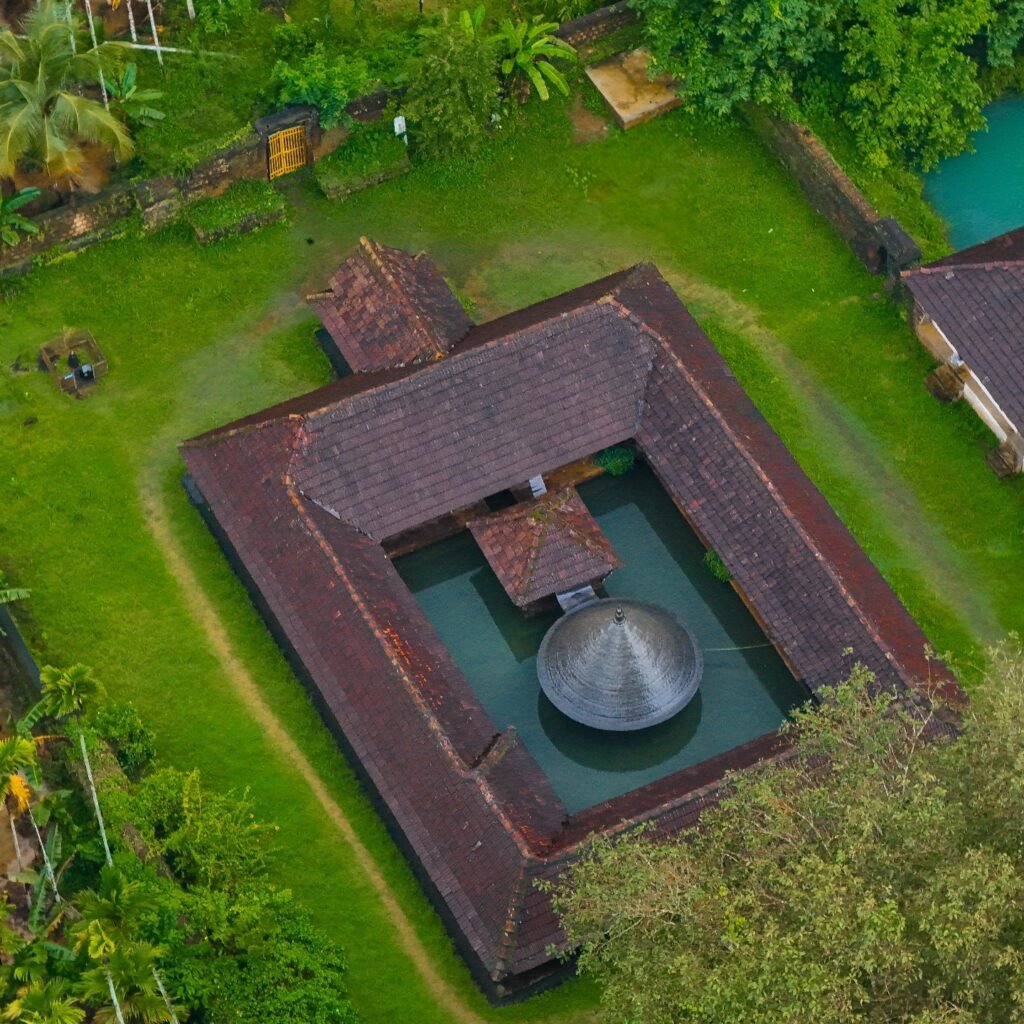
The temple is believed to be more than 3000 years old, and many locals say that it was built by ancient sages and kings who were great devotees of Lord Shiva. Over the years, many rulers and devotees have helped maintain and renovate the temple, keeping its spiritual energy alive.
One of the unique things about this temple is its traditional Kerala-style architecture, especially the wooden roof and the calm water pond in front of the shrine. This pond is not only beautiful but also adds a spiritual touch to the temple as many rituals are connected with it.
The temple has no grand towers (gopurams) like in Tamil Nadu, but it has a very peaceful and divine atmosphere. Old palm-leaf records and local legends say that many yogis and saints have meditated here in the past. Some people also believe that Lord Shiva himself appeared here to bless his true devotees.
Every year, Maha Shivaratri is celebrated with great devotion, and many locals gather to light lamps, chant mantras, and offer prayers. The temple also hosts regular poojas and rituals that follow centuries-old traditions.
The Mystery of Neerputhoor Siva Temple
Neerputhoor Siva Temple is not just a peaceful place, but it also holds some unique mysteries that make it even more special.
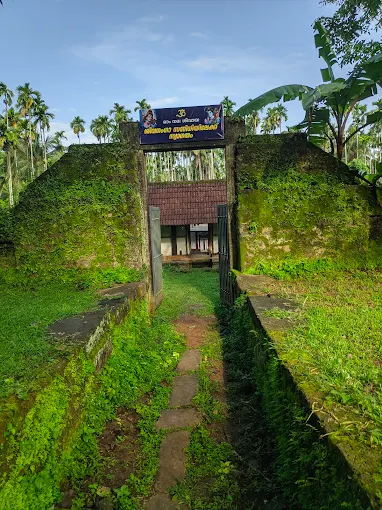
Water pond inside the temple
One of the biggest mysteries is the water pond inside the temple complex. No matter the season—summer or winter—the pond never dries up. People say the water level stays the same throughout the year, and no one knows where the water comes from or how it stays full all the time.
Another interesting thing is about the temple’s energy and calmness. Many visitors feel a deep peace and positive energy as soon as they enter the temple. Some even say their worries reduce after just sitting there quietly.
Also, it’s believed that this temple was built hundreds of years ago by great saints or divine forces, but no one knows the exact time or who really built it. Locals believe that the place is protected by Lord Shiva himself.
All these small but magical things make this temple mysterious, spiritual, and a must-visit when you’re in Kerala.
Vastu Structure of Neerputhoor Siva Temple
The Neerputhoor Siva Temple in Kerala is not just a spiritual place, but it is also a beautiful example of traditional Kerala temple architecture, which follows the ancient science of Vastu Shastra.
The temple is built using Vastu principles that ensure peace, balance, and energy flow. Here’s how its layout works:
- Entrance (East-facing): The temple entrance faces east, which is considered very auspicious in Vastu. East is the direction of the rising sun and brings positive energy. Most temples are built facing east so that the first light of sunrise falls on the deity.
- Sreekovil (Garbhagriha or Sanctum Sanctorum): The inner sanctum where Lord Shiva’s idol is placed is built in the center of the temple complex. This is known as the most powerful area as per Vastu, known as the Brahmasthan – the energy center of any space.
- Water Tank or Temple Pond: Just outside the main temple structure, there is a temple pond. As per Vastu, placing water bodies in the northeast direction of the temple helps purify the energy. It also adds cooling and peace to the environment.
- Roof and Wood Work: The sloping roof made of wood and tiles helps keep the temple cool during hot seasons and drains rainwater easily. Wood is used to maintain natural energy flow.
- Outer Walls and Pathways: The circular or square layout of the outer temple walls allows devotees to do pradakshina (walk around the temple), which is also a part of Vastu energy circulation.
How to Reach Neerputhoor Siva Temple?
Neerputhoor Siva Temple is located in Puthoor village, which is in the Malappuram district of Kerala. This peaceful temple is known for its special Shivalinga, which is always filled with water inside the sanctum sanctorum – a rare and divine sight.
The temple is situated at a distance of:
- 50 km from Palakkad
- 40 km from Malappuram
By Train:
- The nearest railway station is likely Pattambi Railway Station, which is around 20–25 km from the temple. From there, you can hire an auto or taxi.
By Road:
- You can easily reach the temple by car or taxi from both Palakkad and Malappuram. The roads are decent, and it takes about 1.5 hours to reach depending on traffic and weather.
- Local KSRTC buses and private buses are available from nearby towns like Koppam, Pattambi, and Valanchery. Ask for a bus towards Puthoor village or the nearest stop.
By Air:
- The nearest airport is Trivandrum International Airport (TRV), about 100 km away.
- From the airport, you can take a taxi or bus to Kayamkulam and then reach the temple.
Darshan Timing
Neerputhoor Siva Temple is open for darshan daily from 6:30 AM to 8:30 AM. This is the time when devotees can visit the temple, offer prayers, and get blessings from Lord Shiva in his peaceful and powerful form.
At the temple, you can also take part in different types of seva (spiritual offerings) like lighting lamps, abhishekam (ritual bathing of Shivalinga), and more. Since this is an ancient temple and there is no official temple committee, the maintenance is mostly done by local villagers. You can also donate for the restoration and upkeep of the temple, as the structure is quite old and needs regular support.
Visiting this temple is not just about rituals, but also about feeling spiritual peace and connecting with nature. It’s a hidden gem in Kerala where history, divinity, and simplicity come together beautifully.

